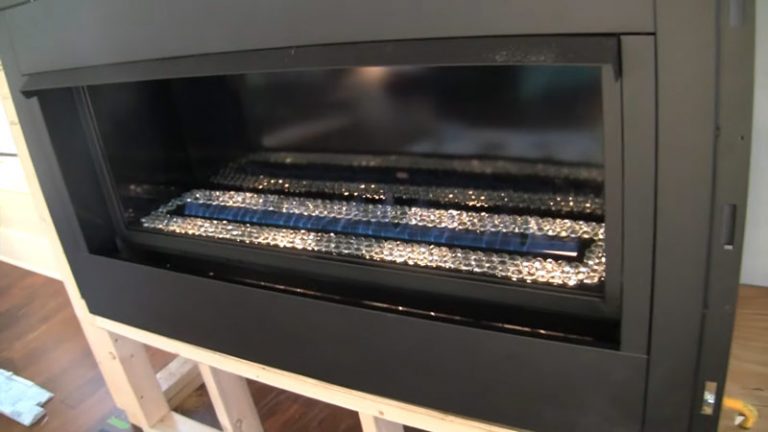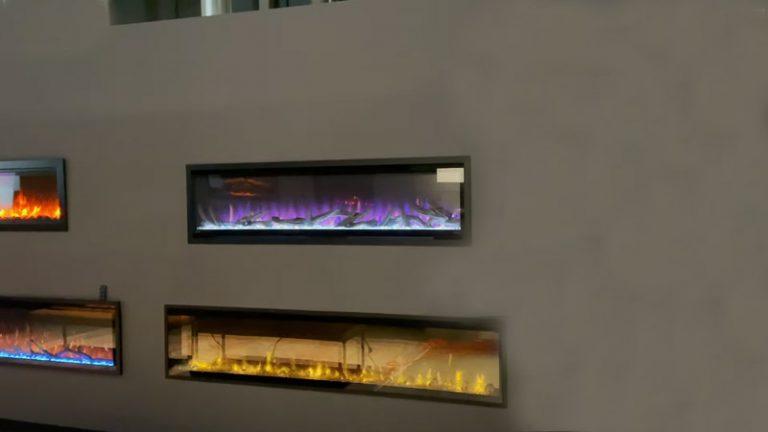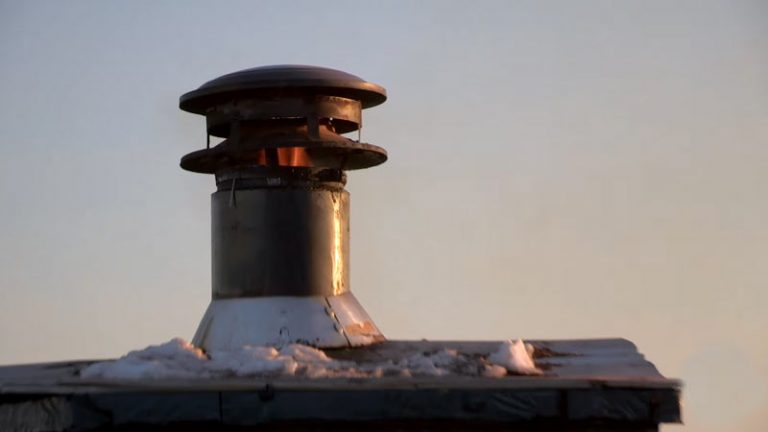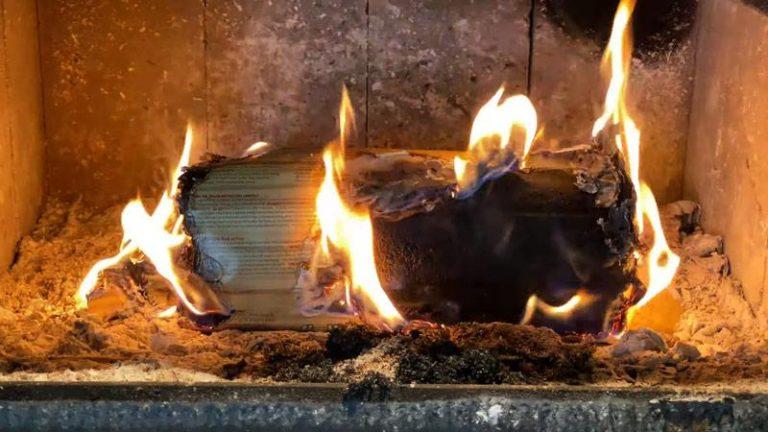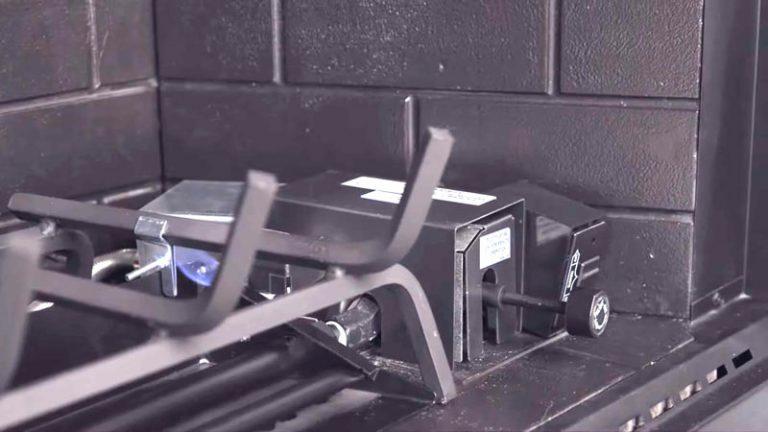Gas Fireplace Capped Off? Your Ultimate Safety Guide
You’ve moved into a new home or decided to renovate, and you’ve discovered it: a gas fireplace capped off. This common scenario often brings a wave of questions and concerns. What does it mean? Is it safe? Can you use the fireplace again? This comprehensive guide will walk you through everything you need to know about a capped gas fireplace, transforming uncertainty into confident action.
Dealing with gas lines can be intimidating, but understanding the why and how behind a capped fireplace empowers you to make safe and informed decisions for your home. Whether you’re looking to remove the fireplace, convert it, or bring it back to life, this is your starting point.
You'll Learn About
Understanding Why a Gas Fireplace is Capped Off
Discovering a capped gas line in your fireplace can be puzzling. Homeowners and professionals cap gas lines for several important reasons, primarily centered around safety, home renovations, or changes in appliance preferences.
Understanding these motivations is the first step in deciding your next course of action. It provides context for the current state of your fireplace and what it might take to alter it.
Top Reasons for Capping a Gas Fireplace
The decision to cap a gas fireplace is never made lightly. Safety is the paramount concern. An unused gas line that is not properly sealed can pose significant risks, including gas leaks that could lead to fires, explosions, or health issues. Capping ensures the line is securely sealed off from the main gas supply.
Homeowners also cap fireplaces during major remodels, especially if they are removing the fireplace to create more floor space. Others may switch from gas to electric appliances or decide to convert a gas fireplace back to a traditional wood-burning one.
Is a Capped-Off Gas Fireplace Safe?
A properly capped gas fireplace is generally safe. The entire purpose of capping is to create an airtight seal that prevents any natural gas from leaking into your home. However, the safety of the situation depends entirely on how the capping was performed.
It is crucial that the work was done by a licensed and qualified professional. An improperly sealed line can lead to slow, undetectable leaks, which are a serious hazard. Gas leaks can cause physical symptoms like dizziness, headaches, and nausea and create a flammable environment.
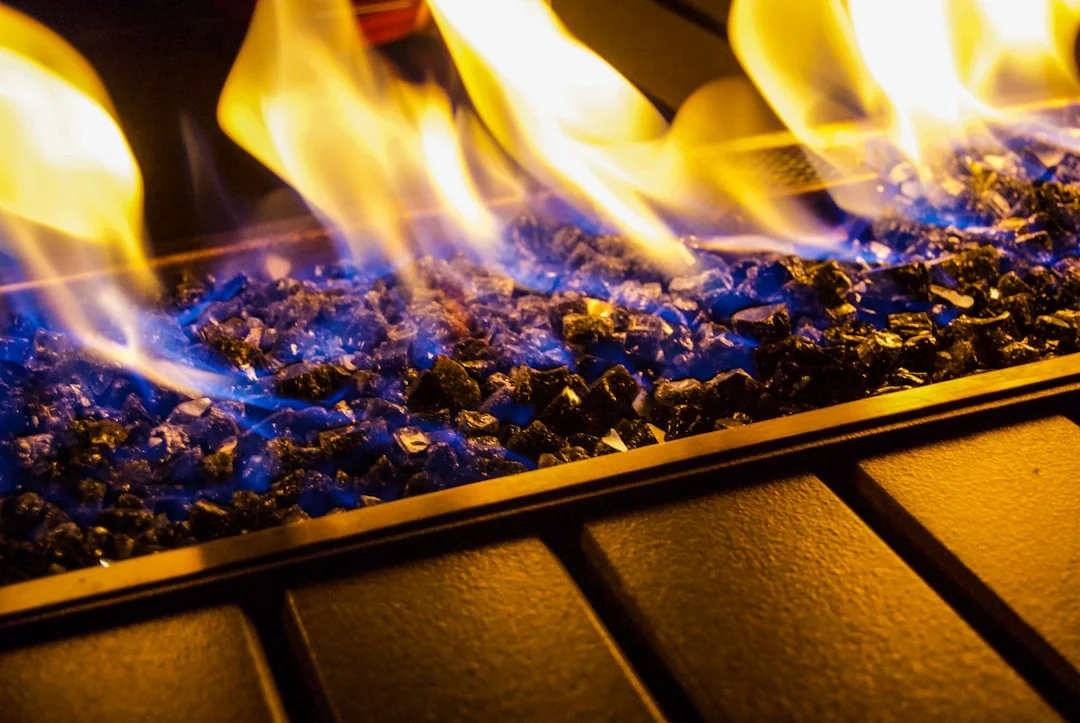
Identifying a Professional Capping Job
A professional plumber or gas technician will use specific materials and techniques to ensure a secure seal. Look for a black iron cap threaded tightly onto the gas pipe. Yellow Teflon tape, which is rated for gas lines, or a specific pipe joint compound should be visible on the threads to ensure a tight seal.
If you see anything that looks temporary, like a plug loosely inserted or the wrong type of tape, it’s a red flag. When in doubt, the safest option is to have a professional inspect the connection.
The Dangers of DIY Gas Line Work
While many home improvement projects are suitable for DIY enthusiasts, working with gas lines is not one of them. The risks associated with an improper connection are severe. Natural gas is highly flammable and toxic when inhaled in large quantities. A small mistake can have devastating consequences.
Many jurisdictions legally require that any work on gas lines, including capping, be performed by a licensed professional. This is not just a suggestion; it’s a matter of law and safety. Attempting to cap or uncap a gas line yourself can also void your homeowner’s insurance policy if an accident occurs.
Your Options for a Capped Gas Fireplace
Once you’ve confirmed your capped gas line is safe, you have several paths forward. You can leave it as is, remove the entire fireplace structure, or explore recommissioning the gas line for a new appliance.
Your choice will depend on your home renovation goals, budget, and personal preferences. Each option has its own set of procedures and costs.
Option 1: Leaving It As Is and Decorating
If you have no plans to use the fireplace, you can leave the gas line capped and use the firebox for decorative purposes. This is a popular and cost-effective option. You can fill the space with candles, logs, plants, or even a decorative screen to create a beautiful focal point in the room.
Before decorating, ensure the chimney flue is also properly sealed or capped at the top. An open chimney can be a source of heat loss, water leaks, and an entry point for animals and debris.
Option 2: Complete Removal
If you prefer to reclaim the space, you can have the entire fireplace and its components removed. This is a more involved and costly project that includes not only capping the gas line but also demolishing the fireplace surround, hearth, and potentially the chimney breast.
The cost for removal can range from a few hundred to several thousand dollars, depending on the complexity of the structure. This project almost always requires a professional contractor.
Option 3: Recommissioning the Gas Line
If you dream of a cozy fire, you can have the capped gas line recommissioned. A licensed professional will first need to inspect the line to ensure it’s in good condition and up to current building codes. They will then uncap the line and perform a pressure test to check for any leaks.
Once the line is verified as safe, you can proceed with installing a new gas fireplace insert or a set of gas logs. This is an excellent way to add warmth and ambiance back into your living space.
Step-by-Step: The Professional Process of Capping a Gas Line
Understanding the professional process helps you know what to expect when you hire an expert. A licensed plumber or gas fitter will follow a strict set of safety protocols to ensure the job is done correctly.
This systematic approach guarantees the safety and integrity of your home’s gas system.
- Shut Off the Main Gas Supply: The first and most critical step is to turn off the gas at the main shut-off valve, typically located at the gas meter.
- Disconnect the Appliance: The old gas fireplace or appliance is carefully disconnected from the gas line.
- Clean and Prepare the Pipe: The threads on the end of the gas pipe are thoroughly cleaned of any old sealant or debris.
- Apply Sealant: Professional-grade pipe sealant or yellow, gas-rated Teflon tape is applied to the male threads of the pipe.
- Install the Cap: A black iron cap of the correct size is threaded onto the pipe and tightened securely with a pipe wrench.
- Leak Testing: The main gas supply is turned back on, and the newly capped connection is tested for leaks using a special solution that will bubble if any gas is escaping.
Cost of Capping a Gas Fireplace
The cost to have a gas fireplace line professionally capped is relatively modest, especially considering the peace of mind it provides. On average, you can expect to pay between $75 and $250. The price can vary based on your location and the accessibility of the gas line.
This cost typically covers the labor of a licensed professional and the minor materials needed for the job. If additional work is required, such as repairing a faulty valve, the price may increase.
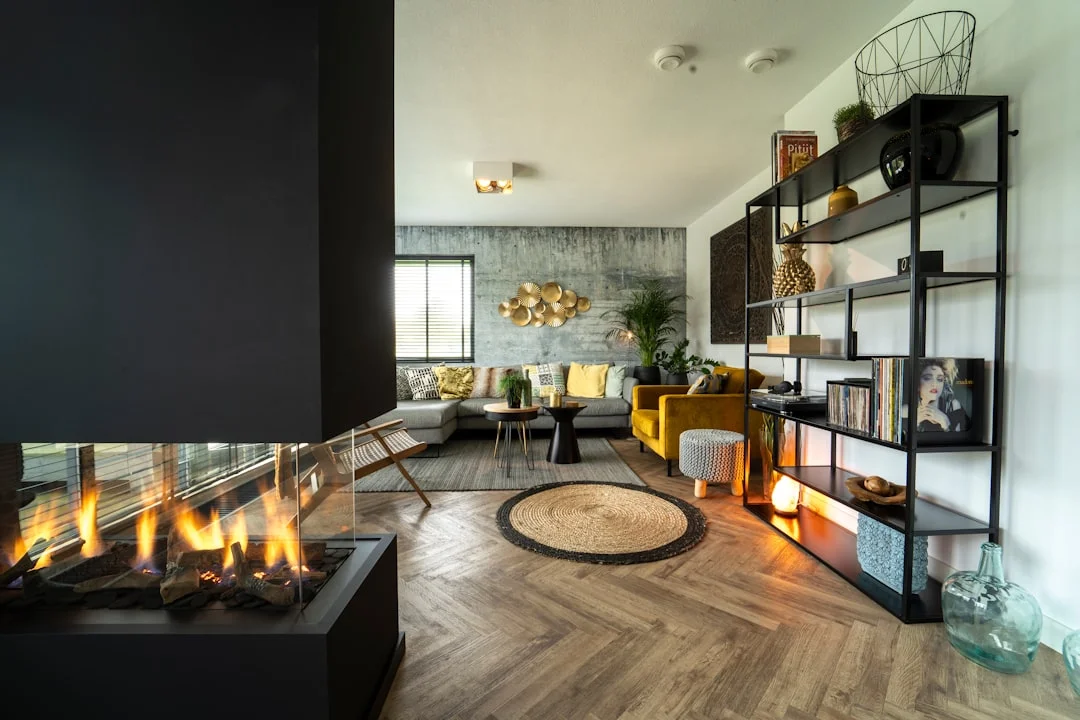
Reactivating a Capped Gas Line: What You Need to Know
Reactivating a dormant gas line is a job exclusively for professionals. A qualified technician will need to perform a thorough inspection and testing before any new appliance is connected. This is not just a recommendation; it’s a critical safety measure.
The technician will check the integrity of the pipe, ensure all connections are sound, and perform a pressure test to confirm there are no leaks in the system. This process ensures that the line is safe to use after being inactive.
Potential Issues with Old Gas Lines
In older homes, gas lines can corrode or develop issues over time. A professional inspection might reveal problems that need to be addressed before the line can be safely used again. This could involve replacing a section of pipe or a faulty shut-off valve.
Sometimes, what seems like a simple reactivation can uncover underlying problems. For instance, if you’ve been experiencing issues like an uneven flame on other gas appliances, it might point to a larger issue within your gas line system.
| Action | Description | Estimated Cost | Professional Required? |
|---|---|---|---|
| Capping the Gas Line | Professionally sealing an unused gas line to prevent leaks. | $75 – $250 | Yes, always. |
| Complete Fireplace Removal | Demolishing and removing the entire fireplace structure. | $600 – $2,500+ | Yes, highly recommended. |
| Recommissioning the Line | Inspecting, testing, and uncapping the line for a new appliance. | $150 – $400 | Yes, always. |
| Installing New Gas Logs | Purchasing and installing a new set of vented or vent-free gas logs. | $400 – $1,500+ | Yes, for gas connection. |
| Installing a New Gas Insert | Installing a self-contained unit that fits inside the existing firebox. | $2,000 – $5,000+ | Yes, professional installation is required. |
Frequently Asked Questions About Capped Gas Fireplaces
Homeowners often have similar questions when they encounter a capped gas fireplace. Addressing these common concerns can provide clarity and confidence as you decide how to proceed.
From safety checks to future possibilities, here are the answers you need.
Can I cap a gas line myself?
No, you should never attempt to cap a gas line yourself. It is extremely dangerous and often illegal. Always hire a licensed and insured professional who is certified to work with gas lines to ensure the job is done safely and correctly.
How do I know if my capped gas line is leaking?
The most obvious sign of a gas leak is the smell of rotten eggs, an odorant added to natural gas for detection. Other signs include a hissing sound near the pipe or unexplained physical symptoms like headaches or dizziness. If you suspect a leak, evacuate your home immediately and call your gas utility’s emergency line from a safe distance.
Can I install an electric fireplace in the old opening?
Absolutely. Once the gas line is safely capped, installing an electric fireplace insert is a fantastic and popular option. It provides the ambiance of a fire without any of the venting requirements or gas connections. You may even consider running new wiring for an outlet inside the firebox for a clean installation.
What should I do with the chimney if the gas line is capped?
If you are no longer using the fireplace for any type of combustion (gas or wood), it’s a good idea to have the chimney professionally capped at the top. A chimney cap prevents water, animals, and debris from entering your home through the flue, which can cause moisture damage and other issues.
By understanding the reasons behind a capped gas fireplace and the safe, professional steps required for any changes, you can confidently manage this feature in your home. Always prioritize safety and rely on qualified experts for any work involving your gas lines.

